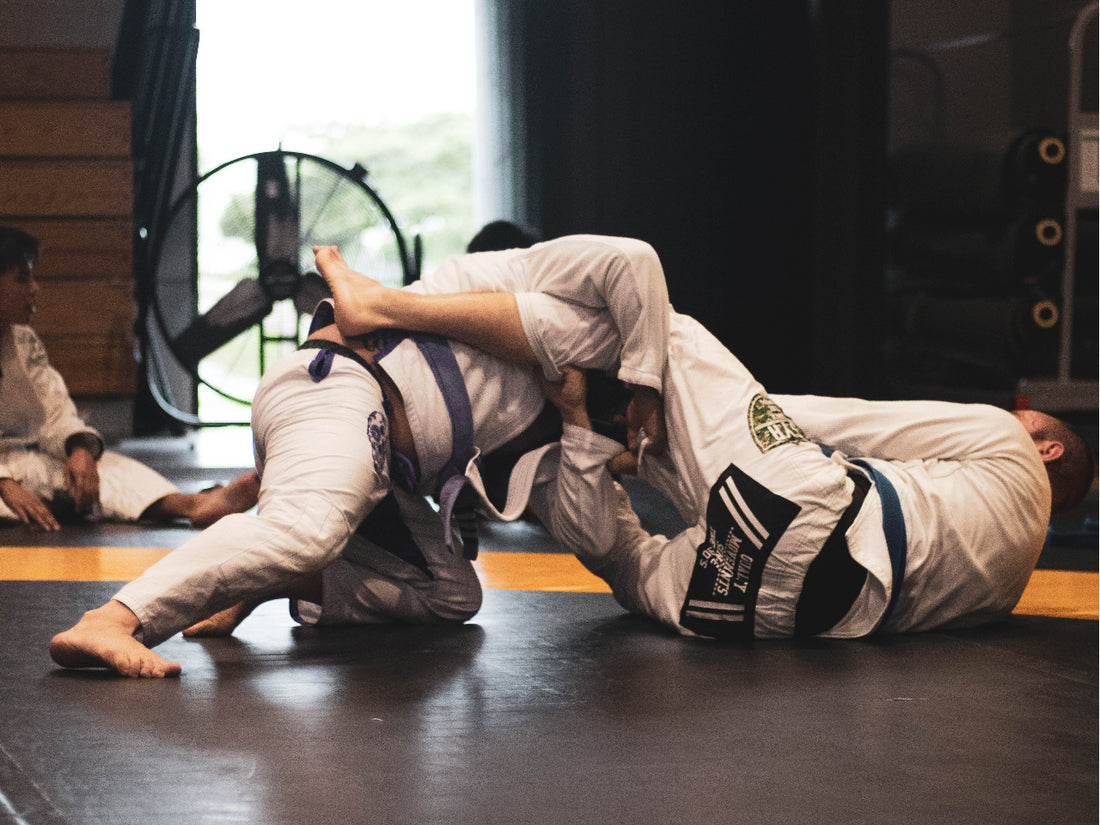Jujutsu is a Japanese martial art that emphasizes close combat techniques, grappling, and joint locks. The word "jujutsu" literally means "the art of softness" or "the gentle technique," emphasizing the idea of using an opponent's strength and momentum against them rather than relying on brute force. There are many different styles of jujutsu, each with their own techniques and training methodologies. Some styles focus more on throwing and grappling techniques, while others emphasize joint locks and pressure points.
What is Jujutsu?

Jujutsu is a branch of Japanese martial arts that can be used to kill or subdue one or more opponents in a defensive or offensive manner. "ju" can be interpreted in various ways such as gentle, soft, yielding, etc. Therefore, "jujutsu" means the "art of yielding" because it follows the philosophy of using an opponent's force against themselves instead of opposing it with one's own strength.
It is believed to have originated in Japan during the medieval period as a form of self-defense for samurai warriors. Over time, it evolved into a comprehensive system of combat techniques that included strikes, throws, chokes, and locks.
There are several different styles of jujutsu, each with their own techniques and training methodologies. Some styles focus more on throwing and grappling techniques, while others emphasize joint locks and pressure points. Regardless of the specific style, however, all forms of jujutsu share a common goal: to neutralize an opponent's attacks while minimizing the risk of injury to both parties.
In addition to its practical applications as a martial art, jujutsu is also a popular sport and form of physical fitness. Many practitioners train in jujutsu purely for the physical and mental benefits it provides, such as improved balance, flexibility, and endurance. Others enjoy the competitive aspect of jujutsu and participate in tournaments and matches against other practitioners. Overall, jujutsu is a fascinating and highly effective martial art that has been honed over centuries of practice and refinement.
History of Jujutsu

The written history of jujutsu dates back to the Nara period (710-794), where it combined early forms of sumo and various Japanese martial arts used in close combat on the battlefield. One of the oldest known styles of jujutsu is Shinden Fudo, which was founded in 1130.
During the Muromachi period (1336 - 1573), Japan was in a state of constant conflict as various feudal lords vied for power and territory. Samurai warriors were highly skilled in the use of weapons like swords and spears, but they also needed to be able to defend themselves in close combat situations where their weapons were not available. This led to the development of various unarmed combat techniques, including jujutsu. The focus of training in this traditional martial art was to teach unarmed or lightly armed warriors how to fight against heavily armed opponents. This eventually led to teaching the samurai numerous grappling, throwing, binding, and weapon skills.
In the late 16th century, the samurai warrior class began to lose power as centralized government control was established under the Tokugawa shogunate. With fewer opportunities for warfare, many samurai turned to teach martial arts to civilians as a means of earning a living. This led to the spread of jujutsu beyond the samurai class and into the wider population of Japan.
During the Meiji Restoration of the late 19th century, Japan underwent a period of rapid modernization and westernization. As part of this process, traditional martial arts like jujutsu fell out of favor and were replaced by more modern sports like judo and karate. However, some jujutsu schools survived and continued to teach their techniques to dedicated practitioners.
From Jujutsu to Judo

Jujutsu and judo are two Japanese martial arts that are often confused with each other, but they have distinct differences in their techniques, training methods, and competition rules. In summary, jujutsu is focused on practical self-defense techniques, while judo is primarily a sport practiced for exercise and competition.
The historical background of judo can be traced back to Japanese jujutsu. In 1882, Jigoro Kano combined jujutsu with spiritual training and created judo. Judo is an inclusive martial art that combines the characteristics of various schools of the sport, and Kano established its rules. Kano emphasized the philosophical principles of judo and introduced methods for physical, intellectual, and moral education. He removed dangerous attacking techniques and weapon training elements, and in 1882, he established his first school or dojo. Judo emphasizes "randori" (free sparring) rather than "kata" (pre-arranged forms). Men's judo competitions were first included in the 1964 Tokyo Olympics and have been held regularly since 1972. The World Women's Judo Championship was first held in 1980, and women's judo competitions were included in the Olympic Games starting from 1992.

